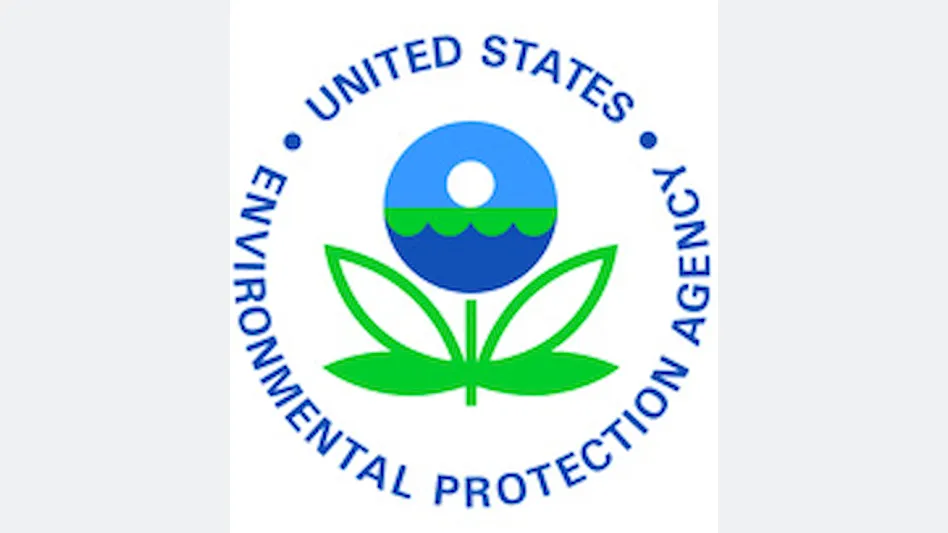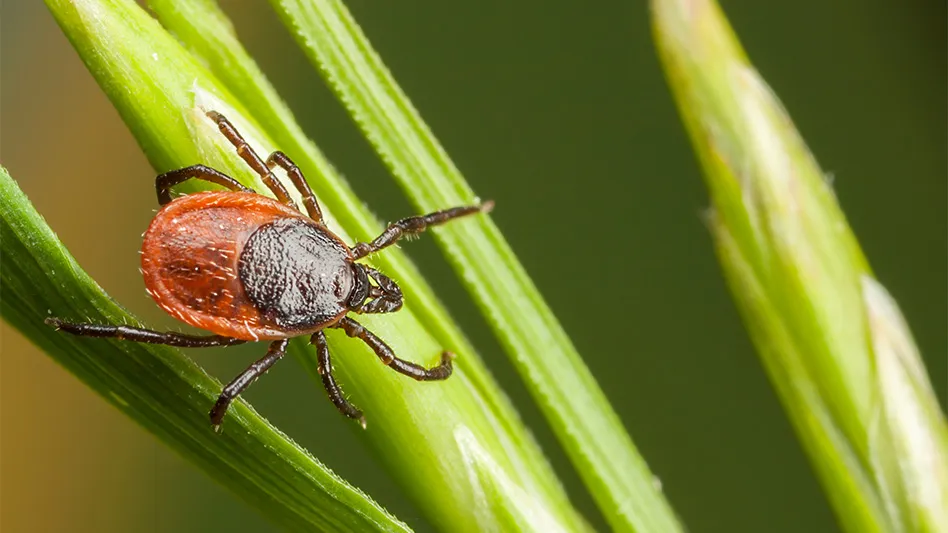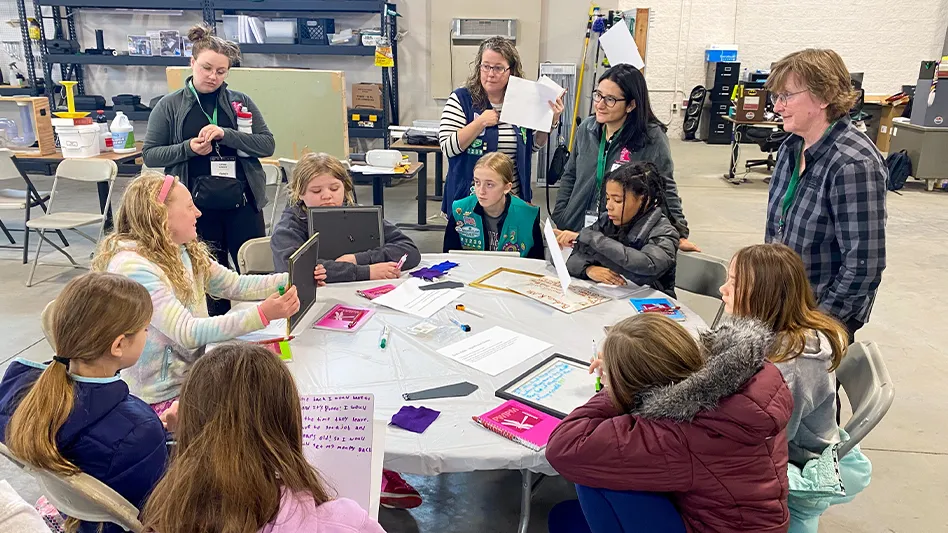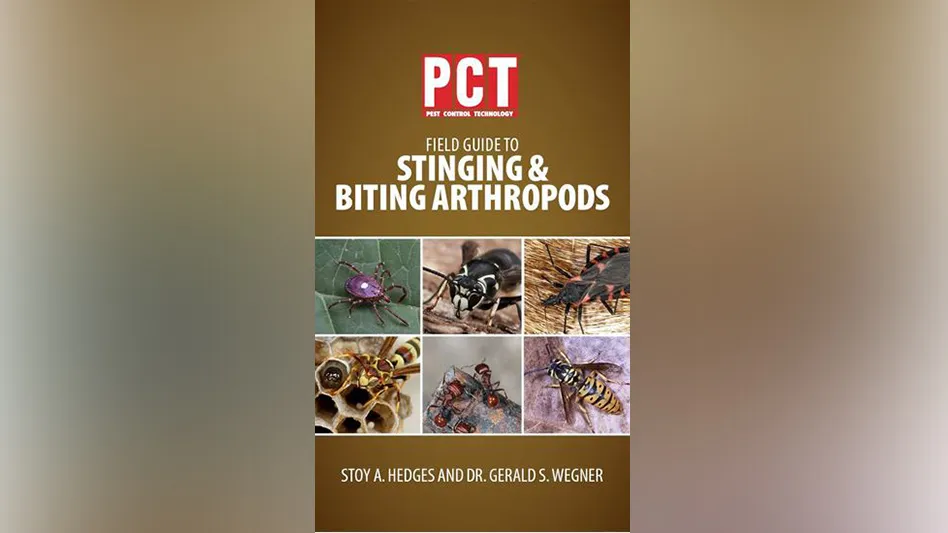
WASHINGTON, D.C. — The U.S. Environmental Protection Agency in January announced it had re-evaluated the science on fluoride and was taking steps to begin a phased-down withdrawal of the pesticide sulfuryl fluoride (SF) on food, a pesticide that breaks down into fluoride and is commonly used in food-storage and -processing facilities. EPA is proposing to phase out the uses on food over a three-year period.
The action is part of a larger government wide reappraisal of acceptable levels of aggregate fluoride exposure.
Dow AgroSciences, manufacturer of SF, said the firm “is disappointed with EPA’s announcement of a proposal for a multi-year phase out of food tolerances for sulfuryl fluoride, a material important to the sustainability of the U.S. food supply. EPA’s proposed action offers no meaningful public health or environmental benefits and would actually detract from U.S. public health goals.”
Sulfuryl fluoride is registered for the control of insect pests in stored grains, dried fruits, tree nuts, coffee and cocoa beans, and for use in food-handling and -processing facilities. EPA said in a statement that “although sulfuryl fluoride residues in food contribute only a very small portion of total exposure to fluoride, when combined with other fluoride exposure pathways, including drinking water and toothpaste, EPA has concluded that the tolerance (legal residue limits on food) no longer meets the safety standard under the Federal Food, Drug, and Cosmetic Act (FFDCA) and the tolerances for sulfuryl fluoride should be withdrawn.”
EPA opened a 90-day public comment period for stakeholder input on its proposal on Jan. 19.
Sulfuryl fluoride protects the U.S. food supply from contamination by pests such as rats, moths and cockroaches, Dow AgroSciences said. “Sulfuryl fluoride is also the sole practical alternative for food-processing and -storage facilities to” methyl bromide (MB), which is being phased out due to concerns about safeguarding the earth’s protective ozone layer, the company said.
Indeed, EPA said sulfuryl fluoride is an important replacement for several post-harvest uses of methyl bromide. MB is being phased out in developed countries under the Montreal Protocol, and many industries that previously relied on methyl bromide to control insect pests in stored and processed food commodities and in food-processing and -handling facilities made a transition to sulfuryl fluoride. EPA said since sulfuryl fluoride is an important alternative to the ozone depleting pesticide methyl bromide, the agency is proposing to phase out uses of sulfuryl fluoride over a period of three years. EPA said it will work with users of sulfuryl fluoride to identify potential alternatives.
Although EPA said it will work with users of SF to identify potential alternatives, NPMA’s Senior Vice President Bob Rosenberg said the agency really hasn’t done much to address this issue. “EPA has paid lip service to it but they failed to really address that. People have been looking for MB alternatives for 50 years and not yet found them other than SF. Why the agency thinks that now with a three-year timeline that it’s any more likely someone will find an alternative is strange.
“Sulfuryl fluoride is the only alternative to methyl bromide in many instances,” Rosenberg said. “Fluoride is not a new issue…and there was no surprise that a decision was made. What was a surprise,” Rosenberg said, “was the decision to phase out the principal alternative to methyl bromide, even though its contribution to the fluoride risk cup is negligible. It’s a huge decision and a very seriously flawed decision.”
“The pest management industry, probably as much as any group in the U.S., has taken seriously its obligation to transition away from methyl bromide. We’ve received Critical Use Exemptions for the use of methyl bromide since 2005 for a variety of uses. We have voluntarily walked away from most of our critical use exemption because we deemed there was a technically and economically viable alternative, which was SF,” Rosenberg said.
“Consistent with our commitment to U.S. agriculture, Dow AgroSciences is working with government and affected agricultural stakeholders toward a resolution of this issue that addresses the public’s need for a safe, affordable and sustainable food supply,” said Stan Howell, vice president, North America, Dow AgroSciences.
EPA stated in its Jan. 10 announcement that its proposal is intended to address concerns about aggregate exposure to fluoride — a material intentionally added to drinking water by public and private water systems to prevent cavities. EPA acknowledges that the use of sulfuryl fluoride to protect the food supply results in only “a tiny fraction” of overall fluoride exposure.
“The Food Quality Protection Act is intended to protect the food supply,” Howell added. “If implemented, EPA’s proposal would actually threaten food quality protection. Surely, we can find a better policy solution for agriculture and public health.”
“The big point is they are in the process of disallowing the use of the only product now available for many food uses and compromising food safety at the same time that Congress passed the most comprehensive reform of America’s food safety laws in the last century. And they have no idea what the alternatives are,” Rosenberg said.
“The pest management industry is used to losing chemicals — that happens,” Rosenberg said. “That’s usually the nature of the regulation of pesticides — they come and go. But generally when you lose a product and it’s because of a regulatory decision — whether you agree or disagree — usually the regulatory agency can at least make a passable reason for eliminating a use or a eliminating a chemical. This time it seems almost laughable — except that it’s not laughable.”
For more information, visit http://www.epa.gov/pesticides/sulfuryl-fluoride/.
Latest from Pest Control Technology
- Viking Pest Control Organizes a Charity Bike Build for Local Families
- Gaining Control of Structure-Infesting Carpenter Ants
- Big Blue Bug’s Brian Goldman Receives Rhode Island Small Business Person of the Year Award
- UF Researchers Examine How Much Bait it Takes to Eliminate a Subterranean Termite Colony
- Women in Pest Control Group Continues to Grow, Provide Opportunities in the Industry
- NPMA Announces Results of 2024-2025 Board of Directors Election
- Massey Services Acquires Orange Environmental Services
- Hawx Pest Control Wins Bronze Stevie Award for Sustainability





